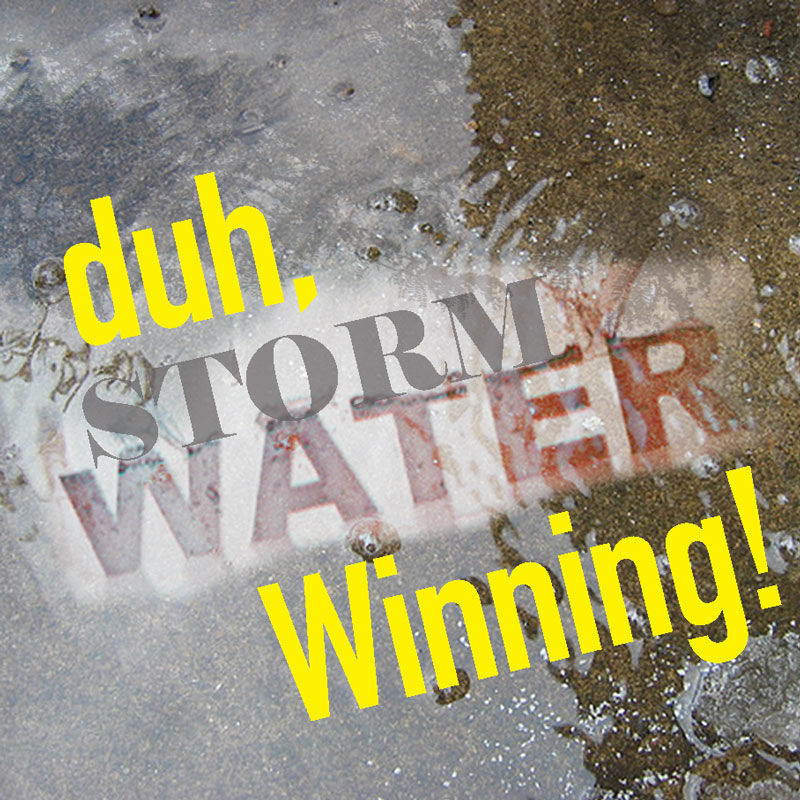Until recently, the Philadelphia Water Department calculated stormwater charges based on the size of a property's water meter. This was a simple way to calculate charges, but it did not relate to the amount of runoff generated. Take a parking lot, for example. Parking lots consume no water, and they may not even have water meters. But, they produce lots of runoff. Under the previous system, parking lots would have minimal or no stormwater charges.
Enter parcel-based stormwater billing. Using aerial photography and GIS, the Water Department is gradually phasing in parcel-based stormwater charges that are derived from the amount of impervious surface a property has. The change is not designed to generate more revenue for the city. Rather, since the amount of impervious surface is directly related to the amount of runoff produced, the new charges more fairly reallocate the existing stormwater management burden to those property owners who generate the most stormwater runoff.
If revenue does not increase, how is Philadelphia winning? Part of the Water Department's "Green City, Clean Waters" strategy is to reduce the amount of stormwater to manage. By placing a heavier burden on higher runoff generators, there is an incentive to install swales, rain gardens, green roofs, and other measures to reduce their runoff. The result is less stormwater and a greener, more beautiful city.
With parcel-based stormwater billing, Philadelphia is parcel-based stormwater winning!

